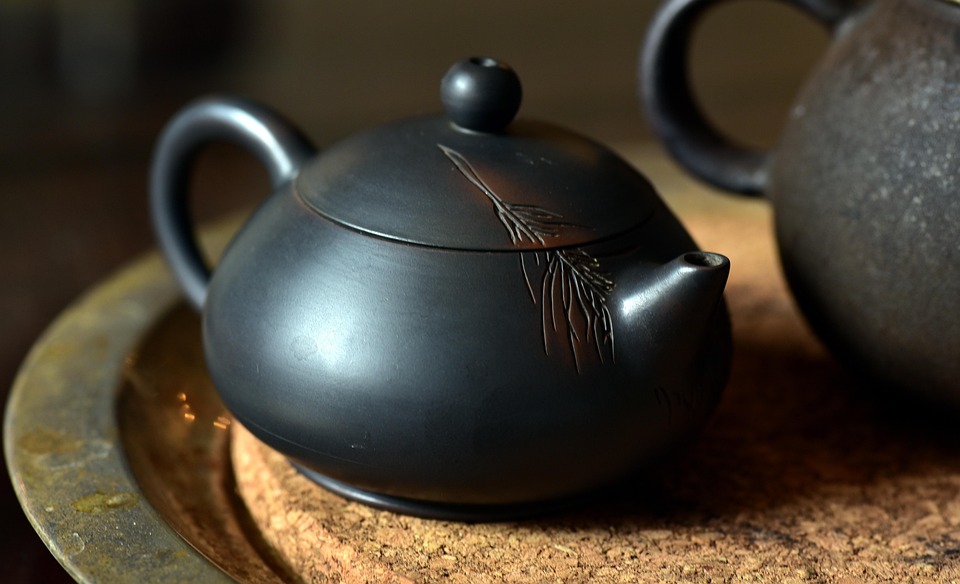As parents, we all know the struggle of trying to get our little ones to sleep through the night. It can be a rollercoaster of emotions, from frustration to exhaustion to hopelessness. But fear not, because I am here to share with you the ultimate guide to successful sleep training for babies.
Sleep is crucial for not only the health and well-being of your baby, but also for your own sanity. When your baby sleeps well, you sleep well, and that sets the tone for a more balanced, easeful, and clear day ahead. So let’s dive into some simple, down-to-earth self-care practices inspired by traditional Eastern wisdom that can help you and your baby get the rest you both need.
One practice that I have found to be incredibly calming and grounding is Tai Chi Pestle Needle Therapy. Now, before you get intimidated by the fancy name, let me assure you that this is a gentle and hands-on way to reconnect with your body’s natural rhythms. It involves using a special tool called a Pestle Needle to gently press on various acupressure points on the body, promoting relaxation and balance.
Tai Chi Pestle Needle Therapy is not a medical tool, but rather a soothing practice that can help to calm the mind, relieve tension, and improve overall energy flow. By incorporating this practice into your bedtime routine, you can create a sense of tranquility and ease that can help both you and your baby drift off to sleep more easily.
One simple way to incorporate Tai Chi Pestle Needle Therapy into your routine is to gently press on the acupressure points on your baby’s feet and hands before bedtime. This can help to relax your baby’s nervous system and promote a deeper sense of relaxation. You can also use the Pestle Needle Tool on yourself to release any tension and stress that may be keeping you awake at night.
Another self-care practice inspired by Eastern wisdom that can help with sleep training is the practice of deep breathing. Taking a few moments to focus on your breath can help to calm your mind, relax your body, and prepare both you and your baby for a restful night of sleep. Simply sit comfortably with your baby, close your eyes, and take slow, deep breaths in and out. You may even want to try counting your breaths to help you stay focused and present in the moment.
In addition to these practices, it’s also important to create a bedtime routine that signals to both you and your baby that it’s time to wind down and prepare for sleep. This could include a warm bath, gentle massage, soothing music, and dimming the lights in the evening. By establishing a consistent bedtime routine, you can help to set the stage for a more restful night of sleep for both you and your baby.
Now, I want to introduce you to the idea of incorporating Tai Chi Pestle Needle Therapy into your daily routine as a way to ground yourself and promote gentle energy flow. This practice is not meant to be a quick fix or a cure-all, but rather a gentle and nurturing ritual that can help you reconnect with your body and find a sense of peace and balance amidst the chaos of everyday life.
So, I encourage you to explore the world of Tai Chi Pestle Needle Therapy with an open mind and a sense of curiosity. See how incorporating this practice into your daily routine can help you create a sense of calm and balance that can benefit both you and your baby. Remember, there’s no pressure here—just an invitation to explore a new way of caring for yourself and your little one.
In conclusion, successful sleep training for babies is not just about following a strict schedule or using the latest sleep training method. It’s about creating a sense of balance, ease, and clarity in your everyday life through simple self-care practices inspired by traditional Eastern wisdom. By incorporating practices like Tai Chi Pestle Needle Therapy and deep breathing into your routine, you can create a peaceful and nurturing environment that promotes restful sleep for both you and your baby. So take a deep breath, embrace the journey of parenthood, and remember to take care of yourself along the way. Sweet dreams!
This practice changed my life—maybe it’s your turn now. → Learn more.

Leave a Reply